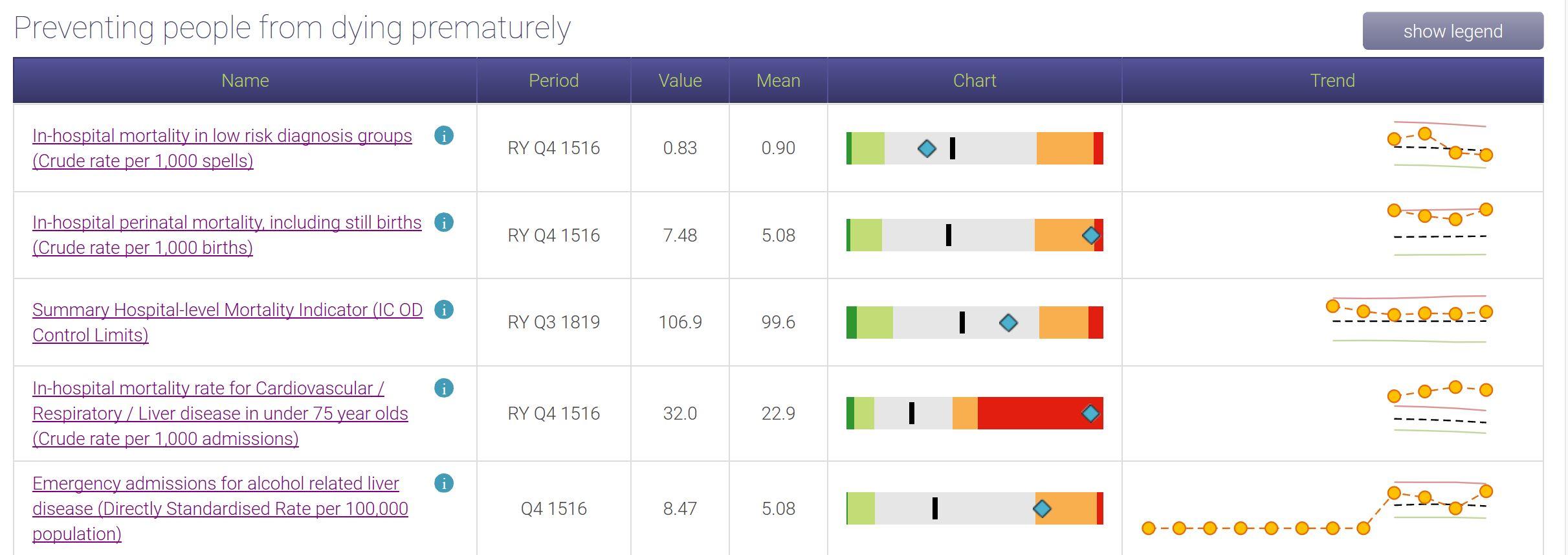Using Big Data to Improve Health
-
September 21, 2019 at 5:00 am
Comments posted to this topic are about the item Using Big Data to Improve Health
Best wishes,
Phil Factor -
September 23, 2019 at 8:02 am
I used to work for a company using HES and SUS data from different NHS sources in order to provide statistics back the NHS Trusts on performance

Because there is no personally identifiable data in the files, the NHS can still use the data as long as we protect against secondary disclosure (for example stating that there were 5 still births, but only detailing 4 - you can identify the other hospital by other means)
the office of national statistics heavily trains data researchers and DBAs as the NHS required us to have 2 ONS certified data experts
MVDBA
-
September 23, 2019 at 3:28 pm
Certainly a thorny problem, but an important one to solve in order to bring better health to others.
-
September 30, 2019 at 12:53 pm
Hi,
You're wrong on point 4. There is a central database for medical records in the shape of the Secondary Uses Service (or SUS for short). This database is managed centrally by NHS Digital. Data is submitted monthly (or weekly for A&E) by UK healthcare providers for incorporation into SUS. This doesn't include GP data however.
Regards,
Steve
-
September 30, 2019 at 1:52 pm
I think that point #3 is the most important of all... and it should not only come with the same warnings as a chainsaw but should clearly state that if you try to eat a chainsaw, running or not, it will kill you.
I'm going through such a thing right now with affib. According to the people associated with my affib problems, it's not possible for foods to bring it on and I have proven to myself in a very scientific manner that not only do certain foods bring it on and blow it past the medication I'm on, but that the original major episodes where likely caused by certain types of food. What's really ironic is the food that I think brought it on is supposed to actually help suppress affib.
Worse yet, I can't get any of the supposed experts involved in my problems to even consider the possibility. It's nearly as screwed up as the stupid dentists that I've had that don't understand the concept of what happens when you put dissimilar metals in a slightly acidic aqueous solution (spit in your mouth).
And my Debbie still suffers from the effects of using Forcimax for many years... all recommended and approved as "Best Practices" by people using "big data" and statistics.
And, yeah... statins liked to kill me.
--Jeff Moden
RBAR is pronounced "ree-bar" and is a "Modenism" for Row-By-Agonizing-Row.
First step towards the paradigm shift of writing Set Based code:
________Stop thinking about what you want to do to a ROW... think, instead, of what you want to do to a COLUMN.Change is inevitable... Change for the better is not.
Helpful Links:
How to post code problems
How to Post Performance Problems
Create a Tally Function (fnTally) -
October 2, 2019 at 12:31 pm
The problem is thorny as Steve Jones says and there is the Secondary Uses Service but as Stephen Lightfoot points out no General Practitioner (GP) data. Merging data from the NHS (which comprises of hundreds of organizations all of which need to meet strict GDPR guidance) is on the "too hard" list, otherwise it would have been done by now (surely!?).
An alternative source, certainly for academics, is a UK based service called UK Biobank where people, such as me, volunteer to have a medical examination and then are tracked through time and are regularly asked a number of health monitoring questions. It also has GP data included, check out;
http://www.ukbiobank.ac.uk/general-practice/
Just to be clear, I'm part of the study, but I don't work for UK Biobank.
-
October 2, 2019 at 12:39 pm
last time I looked the GP data came embedded in the Clinical care group data (CCG) - but it's been 2 years since I touched that stuff - it was particularly pertinent in the HES files which show the costings of treatment per care group/admission
MVDBA
Viewing 7 posts - 1 through 6 (of 6 total)
You must be logged in to reply to this topic. Login to reply
